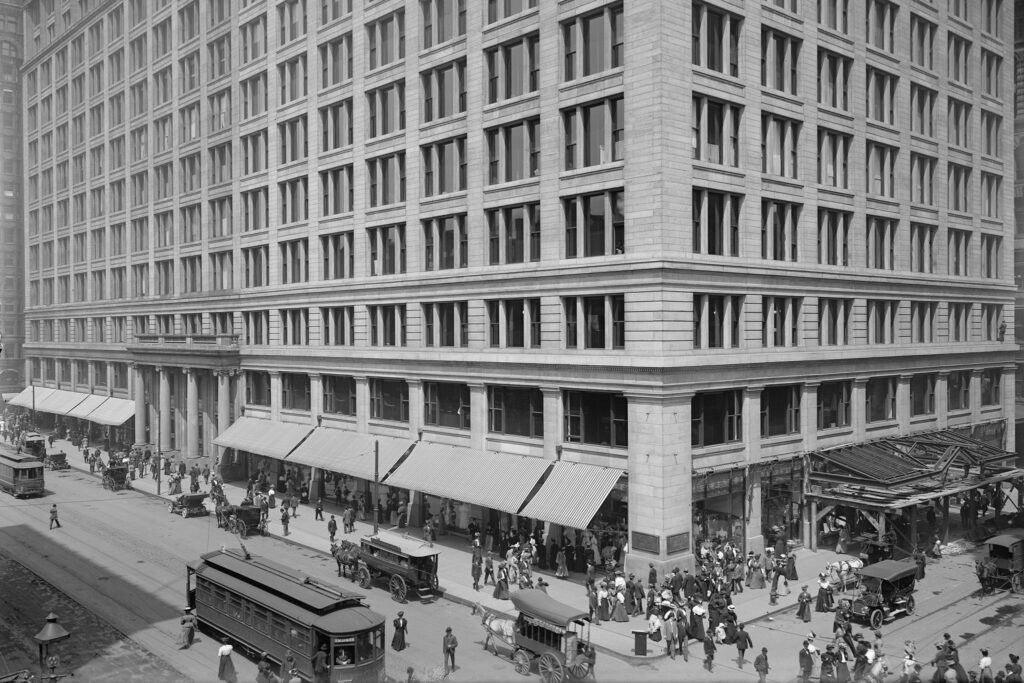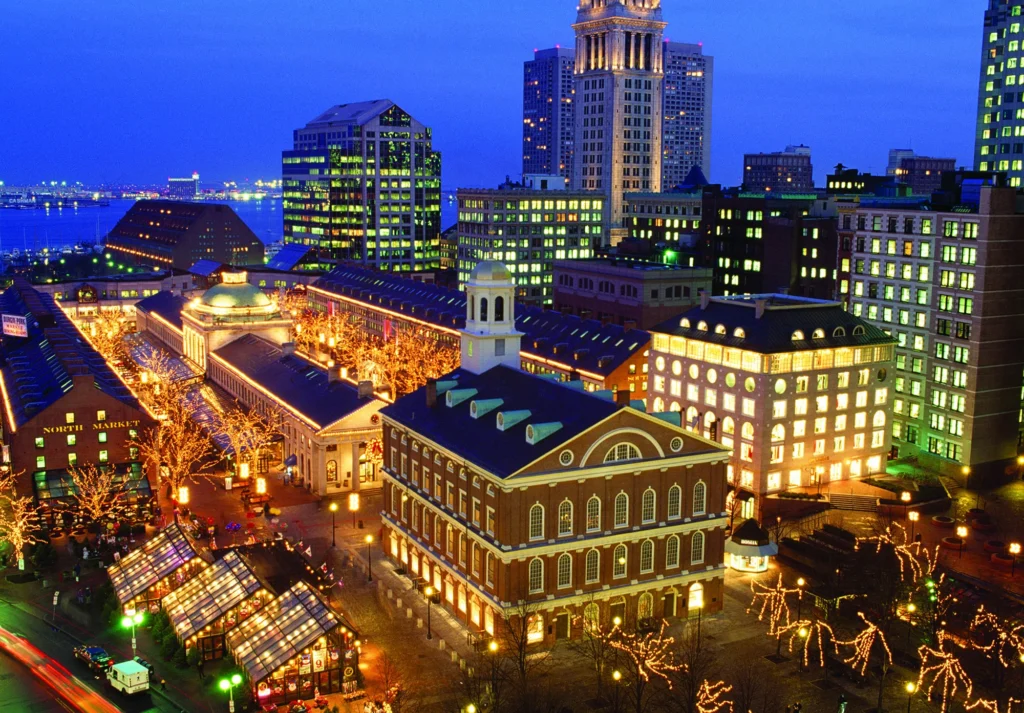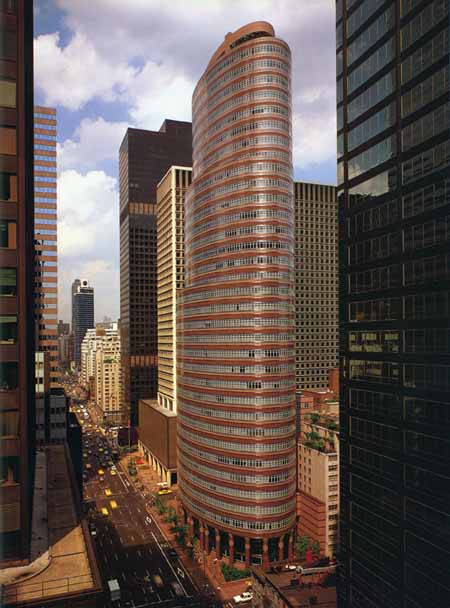The Evolution of Commercial Real Estate Landlords and Their Impact on the Industry
September 6, 2023

Commercial real estate has been around for centuries, with landlords renting space to business tenants as far back as ancient Rome. However, it wasn’t until the 19th and 20th centuries that commercial real estate really took shape into the industry we know today. Many of the early developers and landlords helped revolutionize commercial real estate and paved the way for the major players dominating the market now.
In early America, wealthy business magnates often invested in commercial real estate to diversify their assets. John Jacob Astor, one of the first millionaires in the United States, made his fortune through his fur trading company but then acquired significant commercial real estate holdings in New York City in the early 1800s. Astor strategically purchased properties along Broadway in Manhattan and leased them to thriving retail businesses. This allowed him to profit from the increasing commercialization of New York.

As urban areas grew rapidly during the Industrial Revolution, commercial real estate became more valuable and strategic. Major developers took advantage of this trend, building early skyscrapers to meet the demand for urban commercial space. In Chicago, department store pioneer Marshall Field helped transform State Street into a bustling retail corridor by constructing the Marshall Field and Company Building in 1892. The building was one of the first modern department stores and set the precedent for retailers to gravitate downtown.

In New York, the Astor family continued to shape Manhattan’s commercial real estate market for generations. John Jacob Astor IV built the iconic Waldorf-Astoria Hotel in the 1890s, creating one of the city’s most prestigious addresses. The site is now home to the Empire State Building, constructed in 1929-1931. The Depression-era skyscraper was financed by former Governor Al Smith and businessman John J. Raskob. As the tallest building in the world at the time, it demonstrated the continued importance of commercial office space even in economic hardship.
After World War II, commercial real estate development accelerated rapidly with the rise of suburbs and automobile-centric planning. In Los Angeles, industrialist Harry Chandler and his syndicate purchased large swaths of land in the San Fernando Valley, betting on the growth of middle-class subdivisions. This investment allowed Chandler’s Los Angeles Times to become highly profitable through real estate classified ads. Developers like William Zeckendorf also pioneered the suburban corporate office park concept in the postwar period. Zeckendorf constructed modernist concrete and glass office towers in Denver and Dallas, bringing white-collar jobs away from traditional downtowns.
A new wave of ambitious developers emerged in the 1960s and 1970s, devising mixed-use complexes on a grand scale. In Boston, Mortimer Zuckerman transformed the city’s waterfront with his hugely successful Faneuil Hall Marketplace. The festival marketplace combined shopping, dining, and entertainment in an innovative layout. In Los Angeles, Jerry Buss pursued his vision of a glitzy, large-scale entertainment hub by building the 30-acre LA Forum arena complex. It became a major anchor for suburban growth in Inglewood.

Modern commercial real estate empires like Tishman Speyer and Vornado Realty Trust were built by capitalizing on new class A office towers and retail centers. Tishman Speyer’s Rockefeller Center and Vornado’s investments along Manhattan’s Fifth and Madison Avenues brought premium office space and luxury shopping to central parts of New York.
In the 1980s, developer Gerald Hines tapped architect Philip Johnson to design the iconic Lipstick Building, introducing striking postmodern architecture to New York’s office market. The bulbous, oval-shaped skyscraper added a bold new aesthetic to the Manhattan skyline. Its quirky form and rich red granite facade stood out among the city’s glass and steel towers. The Lipstick Building’s success helped usher in more playful, distinctive commercial buildings in the financial district and marked a shift toward thoughtful, eye-catching design.

Beyond shaping skylines, some modern developers have built entirely new commercial spheres by focusing on amenities and experience. Companies like Tishman Speyer continue to drive growth in emerging markets globally, for example spearheading China’s first LEED Platinum certified office tower. But perhaps no firm has been more disruptive lately than WeWork. By designing shared workspaces with cool common areas, stylish interiors, and perks like micro-roasted coffee, WeWork has caused landlords to rethink how to operate workspaces. While its valuation and business model have faced scrutiny, WeWork unquestionably put pressure on traditional offices to up their game.

Pearl River Tower. Guangzhou, China
From early innovators like Astor to today’s massive REITs and disrupters, commercial real estate landlords have played a pivotal role in shaping cities and bringing new concepts to life. Their developments both respond to and influence the changing nature of business, retail, and office work, ensuring commercial real estate remains a crucial economic engine. The industry will continue to evolve, but the contributions of its pioneers and visionaries will always be the foundation that supports it.
At Dolfin, we understand the importance of staying ahead in the competitive real estate market, and we’re here to help. Our tenant improvement financing solutions are tailored to the unique needs of commercial landlords and tenants, ensuring you have the resources to succeed in today’s challenging landscape.
Don’t let the obstacles of commercial real estate hold you back. Book a call with Dolfin today to learn how our cost-effective tenant improvement financing solutions can help you adapt, grow, and thrive. With our expert support, you can build on the rich history of your business and create a bright future.
Interested in learning more about Tenant Improvements? Download our free White Paper.

